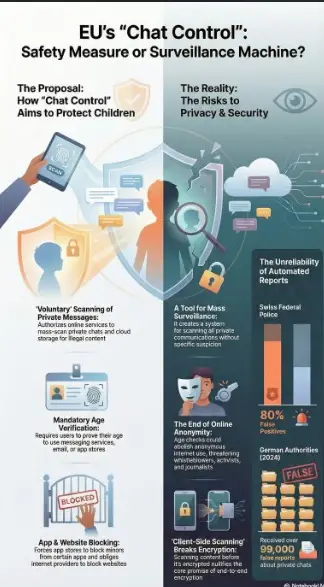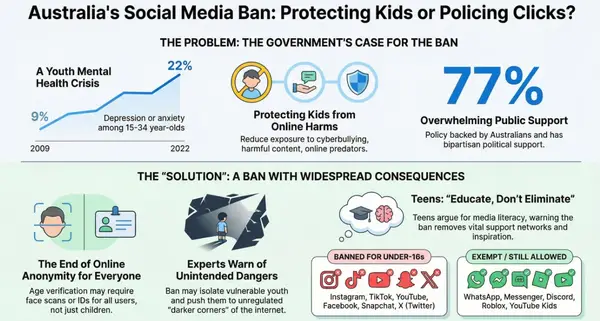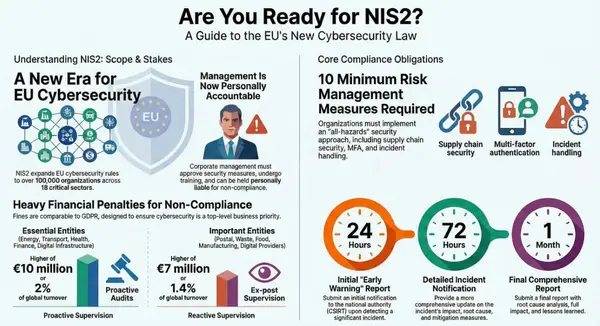China's AI Content Labeling Revolution: What Global Organizations Need to Know About the World's Most Comprehensive AI Transparency Framework

Bottom Line Up Front: China has implemented the world's most comprehensive AI content labeling regime as of September 1, 2025, requiring both visible markers and embedded metadata for all AI-generated content. This groundbreaking framework sets a new global standard and demands immediate compliance attention from any organization operating in or serving the Chinese market.
As artificial intelligence continues to transform digital content creation, China has taken the unprecedented step of implementing mandatory labeling requirements for all AI-generated content across its digital ecosystem. The Measures for Labeling Artificial Intelligence-Generated Content, which came into effect on September 1, 2025, represents the world's most comprehensive approach to AI transparency and could reshape global compliance standards.

Regulatory Framework: A New Era of AI Transparency
The Cyberspace Administration of China (CAC), working with the Ministry of Industry and Information Technology, Ministry of Public Security, and National Radio and Television Administration, issued these final regulations on March 14, 2025, building upon China's existing deep synthesis and algorithmic recommendation frameworks.
The regulations target four key categories of entities:
- AI content generation service providers (companies offering generative AI capabilities)
- Internet information content propagation service providers (social media platforms, content distributors)
- App distribution platforms (application stores and marketplaces)
- End users (content creators and consumers)
Extraterritorial Reach: The regulations apply throughout China and extraterritorially to foreign companies providing services within Chinese markets, regardless of their geographic headquarters or primary operations, similar to GDPR's global reach.
Dual Labeling Requirements: The Technical Implementation
The regulations establish a sophisticated dual-labeling system that organizations must implement:
Explicit Labels
Explicit labeling requires visible on-screen text or icons that immediately identify content as artificially generated. These must include:
- Text markers: Clear statements such as "AI生成" ("AI generated") displayed prominently
- Visual indicators: Standardized icons in easily recognizable positions
- Audio tags: Brief spoken messages for audio/video content stating the content was generated by AI
- Persistent labeling: When content is saved as a file, explicit labels must be embedded within the file itself
Implicit Labels
Implicit labeling involves digital watermarks and hidden metadata tags embedded within all synthetic content regardless of visibility requirements. These include:
- Digital watermarks: Invisible markers that survive editing and compression
- Metadata tags: Producer identity, generation timestamps, and unique content identifiers
- Machine-readable tracking: Enabling automated detection and forensic tracing

Platform Implementation: How Major Services Are Responding
Major Chinese platforms have rapidly deployed comprehensive compliance systems:
WeChat (1.4 billion users): WeChat has issued strict compliance guidelines stating it "prohibits the deletion, tampering, forgery, or concealment of AI labels added by the platform, as well as the use of AI to produce or spread false information"
Douyin (TikTok's Chinese version): Douyin introduced tools for creators to add labels during uploads and automated detection systems to flag unlabeled AI-generated content through metadata checking
Weibo (500+ million users): Weibo added tools for users to tag their own content, as well as a button for users to report "unlabeled AI content" posted by others
Technical Implementation Challenges: Companies must develop systems capable of identifying current AI outputs while maintaining flexibility for future synthetic content types
Enforcement Mechanisms and Penalties
The regulatory framework employs a three-tier risk classification system:
- Confirmed AI content: Requiring immediate explicit labeling
- Possible AI content: Triggering automated detection protocols
- Suspected AI content: Subject to enhanced monitoring
The regulation's broad definition of synthetic content encompasses traditional AI-generated materials plus emerging formats that may not exist yet. Platforms must maintain compliance logs for at least six months and face penalties including content removal, account suspension, and fines for non-compliance.
Global Context: Leading the AI Governance Revolution
China's move aligns with similar initiatives undertaken by other countries and international organizations grappling with the challenges posed by AI-generated disinformation. However, China's approach is notably more comprehensive than current Western frameworks:
- EU AI Act: Includes labeling provisions but leaves specific implementation details to member states
- US Executive Orders: Focus on federal agency guidelines rather than comprehensive private sector requirements
- Voluntary Industry Standards: Most Western approaches rely on voluntary compliance
China's proactive approach could influence regulatory frameworks being developed around the world, potentially establishing the de facto global standard for AI content transparency.

Compliance Imperatives for Global Organizations
Organizations operating in or serving the Chinese market must take immediate action:
Technical Requirements
- Dual-labeling systems: Implement both visible and metadata-based identification
- Detection algorithms: Deploy real-time scanning for synthetic content
- Metadata preservation: Ensure labels survive file compression and editing
- Cross-platform compatibility: Maintain labeling across all distribution channels
Operational Adjustments
- User agreement updates: Incorporate relevant provisions regarding labeling into user service agreements
- Staff training: Educate content teams on identification and labeling protocols
- Audit procedures: Establish regular compliance verification processes
- Record keeping: Maintain six-month logs of all labeling activities
Strategic Considerations
Companies may need to segregate Chinese market operations from global platforms if technical compliance becomes too complex for unified systems. Organizations should evaluate:
- Cost-benefit analysis: Weighing compliance investments against Chinese market opportunities
- Technology segregation: Determining whether to develop China-specific or global solutions
- Competitive positioning: Companies with early compliance advantages could gain market positioning benefits if competitors struggle with implementation

Industry Impact and Future Implications
Content Creation Workflows: For content creators, especially influencers and marketers, the law introduces new workflows: they must verify and label AI-assisted posts or risk takedowns
Digital Advertising: The labeling requirements could affect user engagement with advertisements if synthetic content becomes stigmatized, requiring marketing teams to reassess AI-assisted campaign strategies.
Innovation Effects: While some critics worry about creative limitations, the regulations may accelerate development of more sophisticated detection and watermarking technologies.
The Road Ahead: Preparing for a New Compliance Reality
China's approach may influence international norms, balancing AI's benefits against its perils in an increasingly synthetic digital world. Organizations should prepare for:
- Immediate Compliance: Audit current AI content practices and implement labeling systems
- Global Standardization: Consider adopting China-compliant practices globally to simplify operations
- Technology Investment: Develop or procure advanced detection and labeling capabilities
- Regulatory Monitoring: Track similar developments in other jurisdictions

Key Takeaways for Compliance Teams
- Act Now: The regulations are already in effect, making immediate compliance assessment critical
- Think Globally: Chinese standards may become the de facto international benchmark
- Invest Strategically: Early compliance investments may provide competitive advantages
- Stay Informed: Monitor enforcement patterns and regulatory clarifications as implementation evolves
China's AI content labeling framework represents more than a regional compliance requirement—it signals a fundamental shift toward transparency in the age of synthetic media. Organizations that proactively adapt to these standards will be better positioned not only for the Chinese market but for the global regulatory landscape that appears to be following China's lead.
As AI capabilities continue to advance, the balance between innovation and accountability will remain a critical challenge. China's comprehensive approach provides a concrete model for managing this balance, one that compliance professionals worldwide would be wise to study and prepare for.
This analysis is based on current regulatory guidance and platform implementations as of September 2025. Organizations should consult with legal counsel familiar with Chinese cyber regulations for specific compliance strategies.











